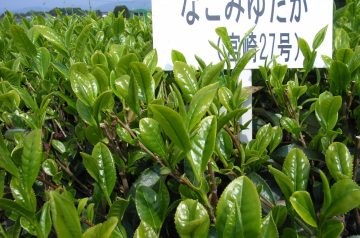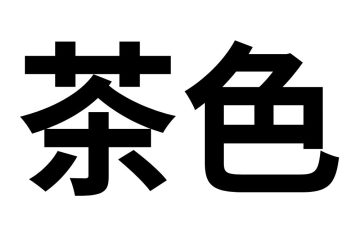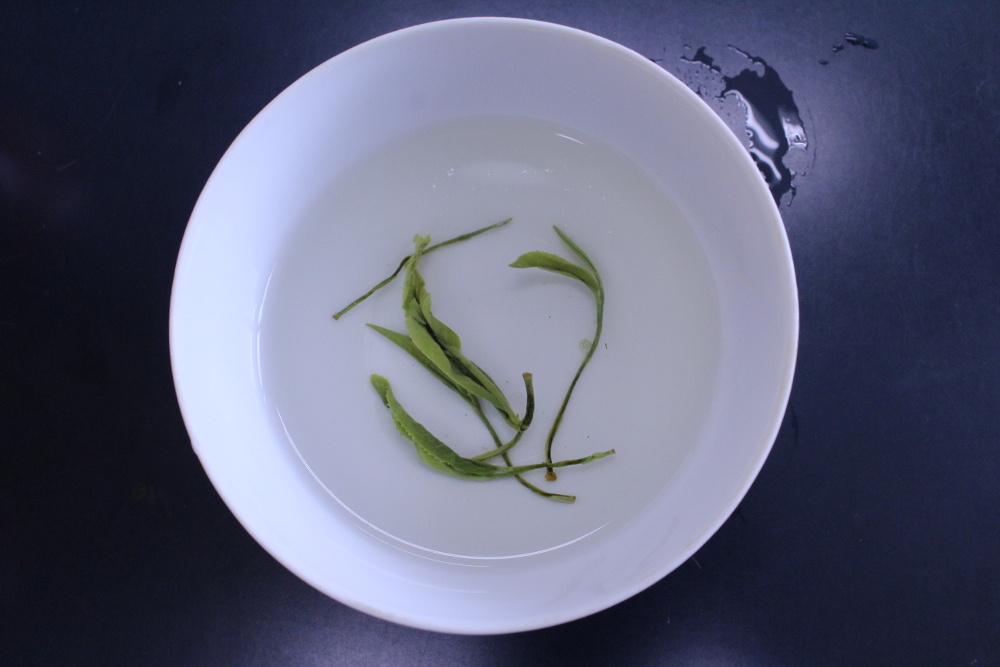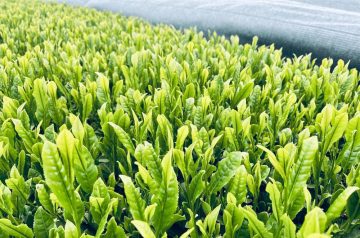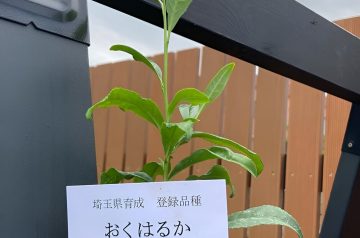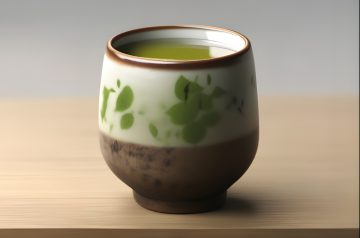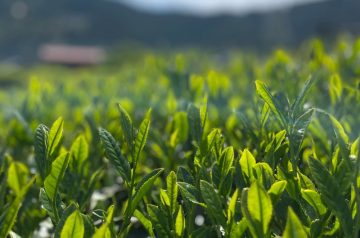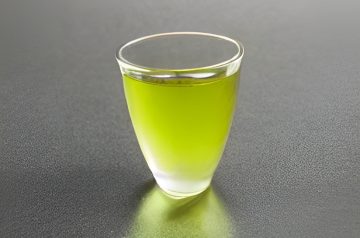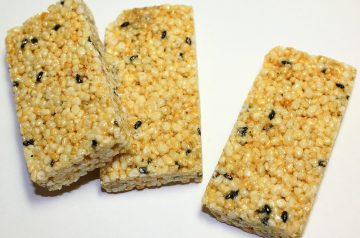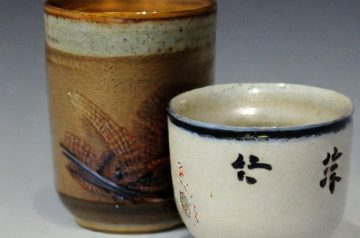Nagomiyutaka (なごみゆたか) can be translated as “relaxing richness”. It was named this way because it is rich in L-theanine, which is a relaxing compound. History of Nagomiyutaka In 1988...
Chairo: The Color of Tea
In Japanese, chairo (茶色) literally means “tea color”. Oddly enough, this color is brown instead of green. Green tea leaves are green, and the liquor of most Japanese green...
Having Tea Leaves in the Teacup
Usually, after the tea leaves are infused, only the liquid is poured into the teacup. That is, the tea leaves are filtered out. If we keep the tea leaves...
The Sayamaakari Tea Cultivar
Sayamaakari (さやまあかり) is basically an upgraded Sayamakaori. Its name means “Sayama light”. The name was chosen with the hope that it will shine a bright light upon the future...
The Okuharuka Tea Cultivar
Okuharuka (おくはるか) can be translated as “interior spring aroma”. “Oku” is a prefix used for late budding cultivars, and “haruka” refers to the cherry blossom leaf aroma of this...
How Ito En Recycles Used Tea Leaves
I stumbled upon a video which I found to be interesting. It’s one part of a series about Japanese tea day in 2022. Unfortunately, the video doesn’t have English...
Adding MSG to Green Tea
Besides tea, one of my hobbies is cooking. I like to make different Japanese dishes, since I can watch videos and read recipes in that language. One thing I’ve...
NARO Video about Japanese Cultivars
I want to share with you this video from NARO (National Agriculture and Food Research Organization). It introduces some Japanese cultivars. If you’re starting out to learn about them,...
The Inaguchi Tea Cultivar
The name of this cultivar comes from the last name of its breeder, Inaguchi (稲口). It’s a normal budding cultivar meant for sencha production. History of Inaguchi In present...
Japanese Tea Days
In Japan, there are different days of the year that celebrate tea. While these aren’t national holidays, at least they are a good excuse for tea festivals and tea...
Okoshi
Okoshi (おこし) is a type of traditional Japanese sweet (wagashi). It’s also called okoshigome (おこし米). While it’s often made with processed rice, it can be made with other grains...
About the Yunomi
Yunomi (湯呑) literally means “hot water drinking”. It’s an abbreviation of yunomi jawan (湯吞茶碗), where the word chawan means “tea bowl”. Note that in Japan, the word chawan used...

